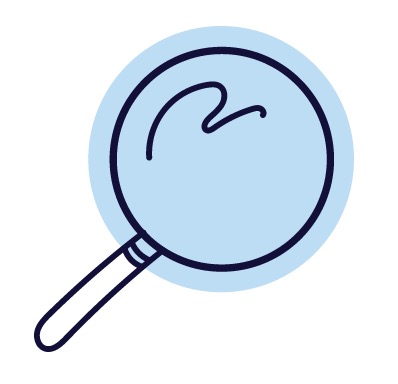
Product
Get started today with your
FREE demo account
Sponsors
Partners
Company
Product
Get started today with your
FREE demo account







